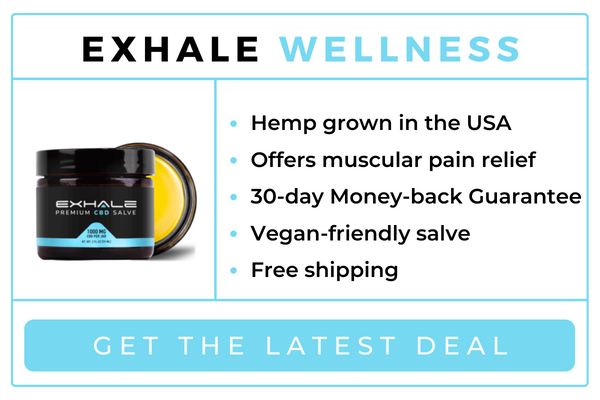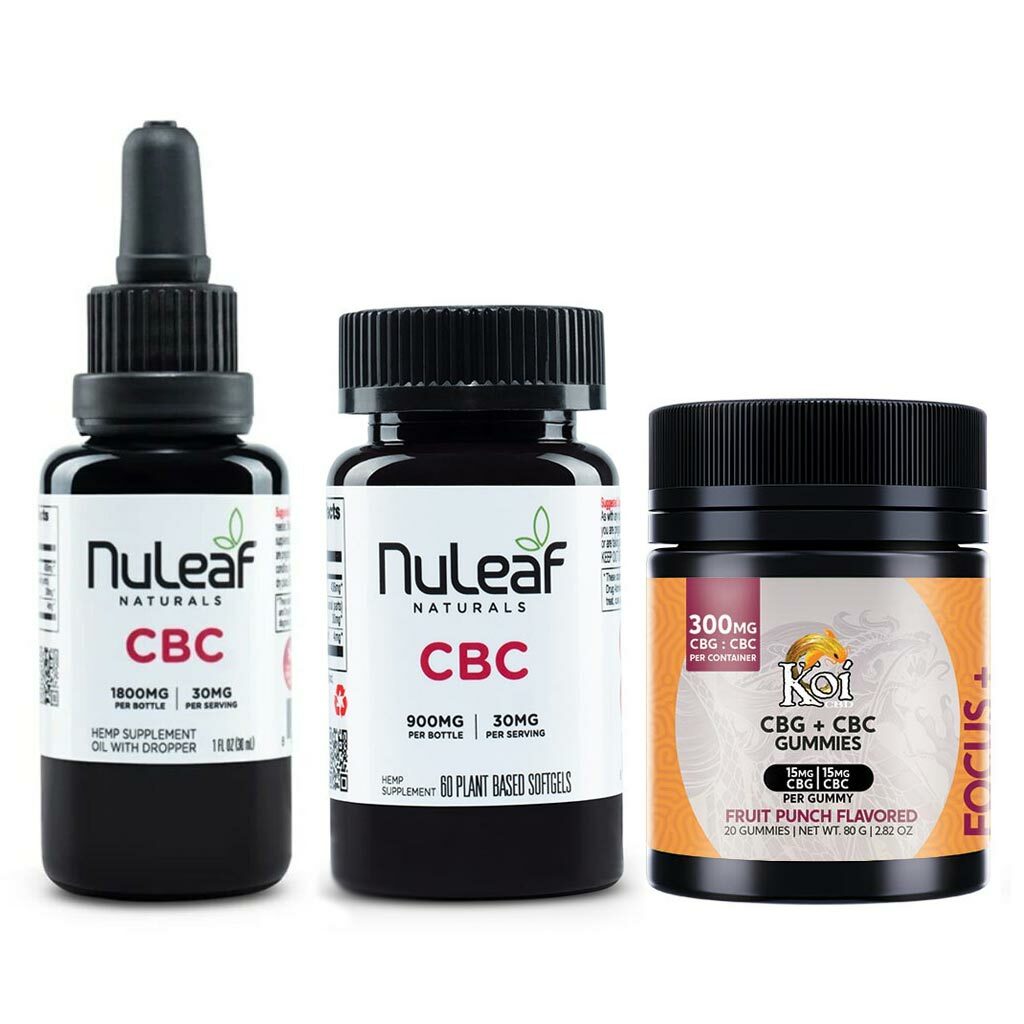
The chemical structure of CBD is an important consideration for understanding its pharmacological properties. It has a hydroxyl group, and it is bicyclic (see Figure. 1). This structural difference makes CBD different from THC in terms of pharmacological profiles.
The chemistry behind cannabinoid-biosynthesis
The natural cannabinoids found in Cannabis sativa, such as THC and CBD, are all biosynthesized from an acidic precursor called cannabigerolic acid (CBGA). This acid is then cyclized by cannabigerolic acid synthase into tetrahydrocannabinolic acid (THCA) and cannabidocannabinolic acid (CBDA), which then enter the endocannabinoid system to interact with cannabinoid receptors on various cell types in the body.
These receptors have been found to have a host effects on the mind, including euphoria. Other functions are also controlled by the endocannabinoid systems, including memory and metabolism.
Cannabinoid derivatives
A number of synthetic derivatives of cannabinoid have been produced. Each one has a unique pharmacological profile, as well potential applications. They are anti-inflammatory, neuroprotective, and immunomodulatory.

They can also help to relieve side effects from chemotherapy or act as antiemetic. Some have even been shown to prevent biofilm formation by the bacteria Streptococcus mutans, which are associated with dental caries.
Many are being used in clinical trials for various conditions including multiple sclerosis, cancer, epilepsy, and neuropathy.
Cannabinoid products are also being researched for their anti-inflammatory or antioxidant properties. They can be useful in the treatment of rheumatoid arthritis and osteoarthritis.
Modifying the structure of cannabinoid molecules is gaining popularity to enhance their pharmacological capabilities. In particular, it has been observed that the two-ring structure of cannabidiol can be modified in a way to increase its pharmacological activity.
According to one study, a cannabinoid-derived derivative called HU210 was 100–800 times more potent than THC for its anti-inflammatory action. It's a versatile compound that can be used for many conditions, including inflammation.

It has been proven that a sustained releasing varnish with triclosan or cannabidiol works better than either one of them alone to prevent bacterial biofilms. This is a promising tool to combat the spread of oral diseases such as S. Mutans.
CAS Registry numbers for these compounds can be searched in Beilstein, the most comprehensive source of information on chemical derivatives. A quick and simple search can be made by entering RN= followed with a CAS Registration Number in the lower right window of Beilstein.
If the search fails, please ask for help!
During the past few years, a number of new synthetic cannabinoid derivatives have become available. Some of these are safer than THC and more active than THC.
FAQ
Is there any evidence that CBD helps with anxiety?
CBD oil can be used to treat anxiety. It interacts with CB1 receptors and CB2 receptors in your brain. The endocannabinoid system regulates mood and stress responses.
When we feel anxious, our bodies release chemicals that activate the CB1 receptor. When activated, the receptor sends signals back to the amygdala that is responsible for emotional processing.
When the CB1 receptor is blocked, the amygdala doesn't receive the signal to process emotions. CBD users experience less negative emotions.
2017 research showed that CBD has been shown to reduce anxiety in those suffering from socialphobia. Another study showed that CBD reduces symptoms of PTSD.
A 2018 study concluded that CBD can be used to treat anxiety disorders and anxiolytic effects.
Another study concluded that CBD may help with panic attacks.
Multiple studies have proven that CBD can actually increase anxiety levels in mice.
According to the researchers, this discrepancy between animal and human data may be due in part to differences in CBD's effects on humans and animals.
CBD is not subject to any long-term safety tests. Most experts agree that CBD can be safely used when it is directed.
What does CBD's price vary in different states?
Prices for CBD products can vary depending on where you live. You can even find prices that are more than 10 times higher in some places!
Prices increase in the north. CBD can be found in Alaska at $35 per kilogram, and Hawaii at $200 per grams.
This trend is continued across the nation. Prices range from $5 to over $2,500 per gram.
Why is this happening to you?
Prices vary because of different levels of regulation. Some states require that CBD products have very low levels of THC (the psychoactive part of marijuana). Other states don’t care about how much THC is in CBD products.
Some companies will sell their products in one place and ship to another.
Are there any common mistakes companies make when entering the US cannabinoid marketplace?
Uncertainty about the regulations for cannabis products is the first mistake. This could be a sign that your product formulation needs to be changed.
The second is not knowing how you should label your product. You must know whether your product contains CBD, THC, or both.
Finally, you must know how to package your product correctly. If your product contains THC you should ensure that it's packaged in child-resistant containers.
Even if your product doesn't contain THC, you must still comply with all packaging laws. There are many states in which cannabidiol is legal.
It is important to track recalls of your products. If there is a problem with your product, it is important that you inform customers as quickly as possible.
Statistics
- HR −16 mmHg; 95% CI −26, −6; I2 = 92%) (ncbi.nlm.nih.gov)
- As a substance that was federally illegal before the passage of the 2018 Farm Bill, hemp-derived cannabinoids with no more than 0.3% THC still face a regulatory grey area. (forbes.com)
- A recent study [161] also found that in vitro CBD treatment (i.e., ≤ 2 h exposure to 10 μM) induced ~40% vasorelaxation in isolated (pre-constricted) (ncbi.nlm.nih.gov)
- OralWhere HED is the human equivalent dose, and Km is a correction factor estimated by dividing the average body mass (BM) of the species (60, 0.020, and 0.150 kg for 11 humans, mice, and rats, respectively) and by its surface area (see: Nair et al. (ncbi.nlm.nih.gov)
- A recent systematic review of human trials also reported that individuals with epilepsy receiving CBD (5–20 mg·kg−1·day−1) were more likely to experience decreased appetite than those receiving placebo (i.e., ~20 vs. 5% of patients) (ncbi.nlm.nih.gov)
External Links
How To
How to promote CBD via social media
Social Media channels include Facebook, Twitter Instagram, Pinterest and Instagram.
Social Media Marketing (SMM) is one of the most powerful marketing tools available today. It allows you to reach out to prospects and customers on a large scale, without ever needing to send out mass emails or pick up the phone. The only thing holding you back is your creativity. So tell us, what do you think would be the best solution for YOUR company?
CBD, a Cannabis Sativa plant extract, is well-known for its medical benefits. Although there are many different types of CBD products, the two main forms are isolate and full spectrum. Isolate CBD oil is made from CBD oil that has been extracted from hemp plants. Full-spectrum CBD oil comes from whole plants.
Full Spectrum CBD Oil comes from the whole plant. Because it contains THC, this makes Full Spectrum CBD Oil legal in certain states. However, if you live in a state where medical marijuana use is illegal, then you cannot get CBD oil with THC because it's classified as a Schedule I drug. Hemp plants do not contain high levels of THC but enough THC that they are still illegal.
Facebook could be a good place to advertise if you are selling CBD products online. It's unlikely that you would want to advertise via YouTube or Pinterest, as these platforms can be detrimental for CBD promotion. Choose the platform that best suits your audience and their preferences. Medium is a great platform to use if you are trying to reach people who read articles more than watch videos.
Your goal is to attract new leads to your website and convert them into paying customers. This means attracting the attention of potential customers. First, you need to provide value. When they find value from your content, they will begin to trust you. They will trust you and become your lead when they do.
The following sections detail how to set up and manage your advertising campaigns on Facebook.
Facebook Advertising Setup
Set up an Ad Account
Follow these steps to create an ad-based account
-
Click "Create New Campaign."
-
Type a name for your campaign.
-
Select an area to advertise.
-
Select which locations you want to target.
-
Set your budget.
-
Make sure you check the box next "Advertising manager."
-
Click "Next Step."
-
Scroll down to choose the layout of your ads.
-
Click the button "Add Tags" to add tags for your campaign.
-
Click "Save to Continue."
-
Follow the instructions provided to complete all required fields.
-
Click Continue to proceed
-
Complete the following information.
-
Click Continue
-
Review the information provided and click Confirm.
-
Your account has now been created.
You can now add keywords or targeting options to an ad campaign.
Targeting options
As mentioned previously, Facebook provides four ways to target your advertisements:
Location-Based Targeting:
You can target users based on their location using either city, postal code, region, country, or continent. Targeting anyone within 100 miles of Seattle is possible, for example.
Demographic Targeting:
You have the option of targeting people based upon their age, gender or relationship status.
Interest-Based Targeting:
You also have the option to target people according to their interest in your products. You can target people who are interested in hiking, if they like hiking.
Behavioral Targeting
This is similar to interest-based targeted advertising, but instead of targeting people according to their interests, you target people based upon what they do. For example, you could target people who clicked on your link and visited your website.
Keywords
Keywords are the foundation of any Facebook marketing strategy. They determine where your ads will appear on the platform. When creating your ad account, you will be prompted to enter a list of keywords. The size of your ad accounts will determine how many keywords you can add.
Keyword Suggestion Tool
If you are entering keywords, the keyword suggestion feature at the bottom right of your screen may prove useful. It allows you to search through suggested keywords related to your current selection.
Keyword Suggestions:
Once you have entered your keywords, the suggestions that appear will vary depending on which type of targeting you selected. For each type of targeting, you will get different suggestions.
Next, follow the prompts for your first advertisement.